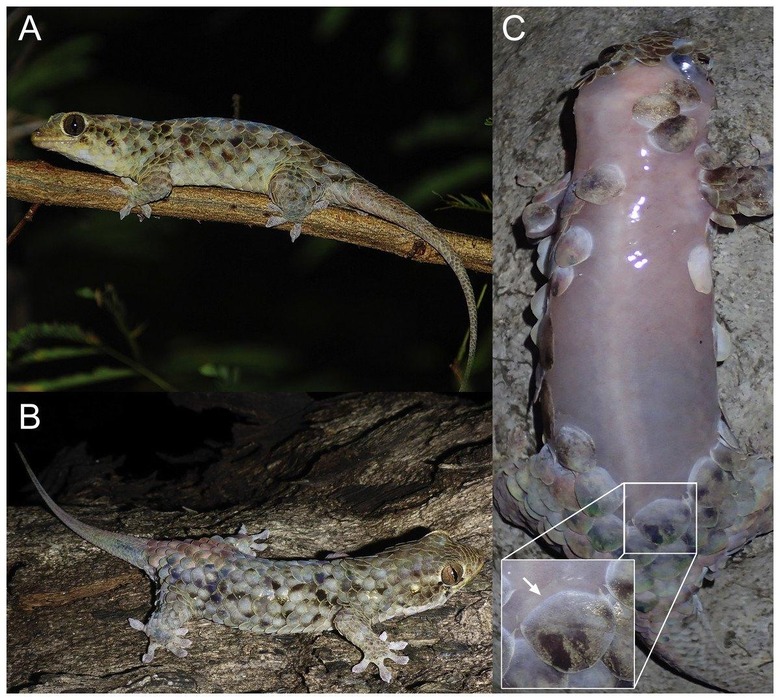This "Fish-Scale" Lizard Sheds Its Scale To Escape
Lizards are quite famous for their ability to voluntarily cut off and sacrifice their tail in order to escape with their lives. But for some types of lizards, that isn't the only thing they can shed. A specific genus named Geckolepis, endemic to Madagascar and the Comoro archipelago, also known as "fish-scale geckos", can also quickly remove their scales if needed, making them not only harder to capture but also harder to study. Which makes the classification of a new Geckolepis megalepis an even bigger accomplishment than it sounds.
The Geckolepis' self-defense mechanism is almost too perfect. While there are, indeed, lizards that can detach their scales when held or captured, the Geckolepis can do very quickly. And they're even sensitive to even the slightest touch. Equally impressive is how fast they can regrow those scales, usually in just weeks, without any scar to show for it.
You can probably imagine how difficult it is for scientists to actually get a hold of a Geckolepis with its scales intact. Loads of cotton wool have been sacrificed to this cause. Researchers are also trying to lure the unwitting escape artists into plastic bags. But capturing them is just half the story. Being able to study them without touching them, which would make them instantly shed their scales, is just as difficult. And if you can't study them up close, it's nearly impossible to actually classify them and group them into species.

For this purpose, the researchers turned to micro-computed tomography to give them something akin to a 3D x-ray of the gecko. Because the scales of the Geckolepis are so variable, they can't be reliably used as a standard for taxonomy, so, instead, they resorted to looking at bones and skulls for differentiating factors. That method has led to the classification of a new species, the Geckolepis megalepis. The word "mega" should probably clue you in. This particular specie has the largest scales of their family. They are denser, even almost bony. They're easier to tear from the body but they're also easy to grow.
Ironically, the researchers have also concluded that one species, the Geckolepid maculata might be from a different lineage than previously thought. In fact, there might actually be more than just four Geckolepis lines as previously thought. As such, there's even more work to be done to classify the Geckolepis, a task that is as elusive as the lizards themselves.
SOURCE: PeerJ
